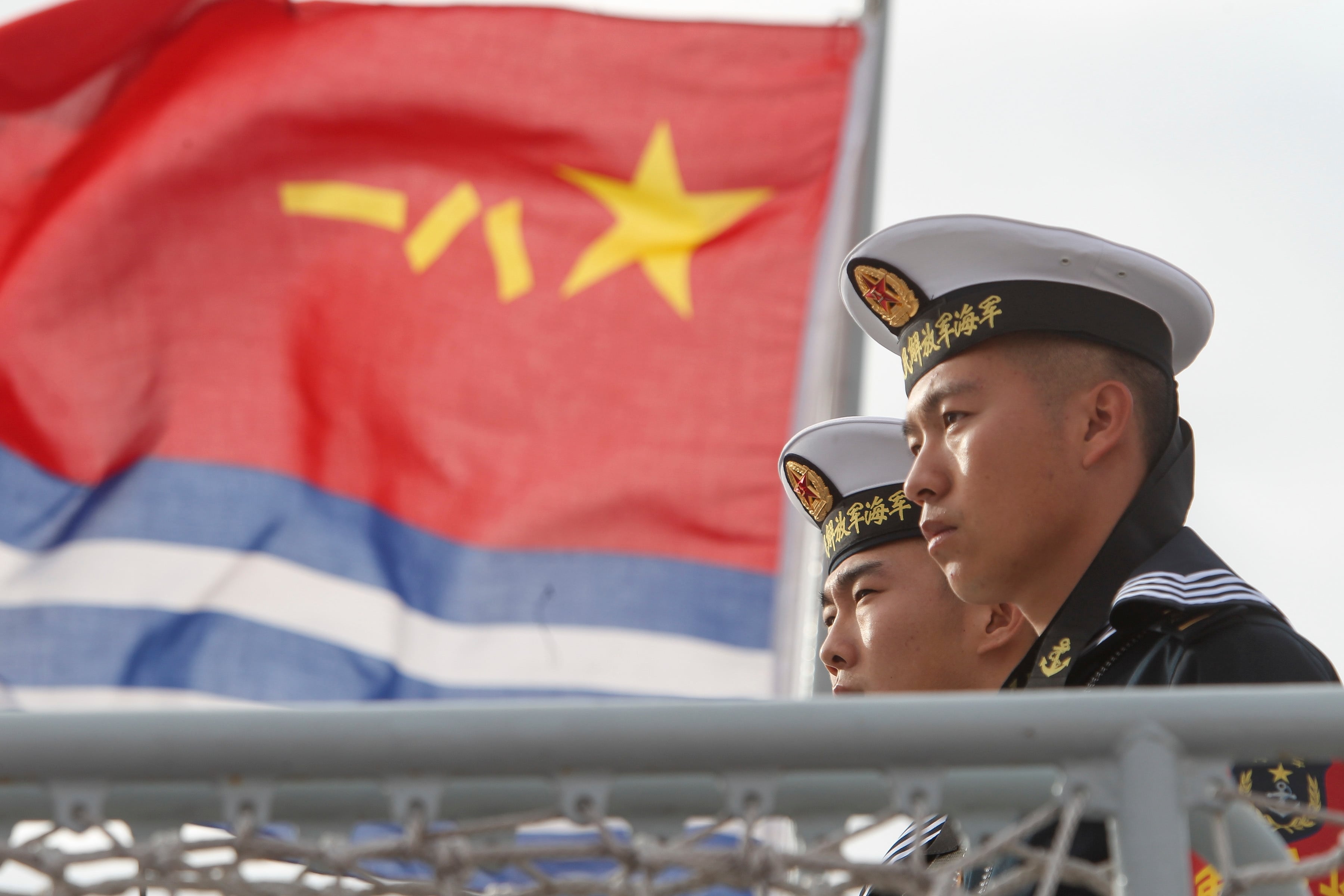MELBOURNE, Australia — One of China’s largest shipbuilders has revealed plans to speed up the development of China’s first nuclear-powered aircraft carrier, as part of China’s ambition to transform its navy into a blue-water force by the middle of the next decade.
In a since-amended news release outlining the company’s future strategic direction in all of its business areas, the state-owned China Shipbuilding Industry Corporation, or CSIC, said the shipbuilding group will redouble efforts to achieve technological breakthroughs in nuclear-powered aircraft carriers, new nuclear-powered submarines, quieter conventionally powered submarines, underwater artificial intelligence-based combat systems and integrated networked communications systems.
CSIC is responsible for both civilian and military shipbuilding activities in the north and the west of China.
The company release added that these breakthroughs are required for China’s People’s Liberation Army Navy, or PLAN, to enhance its capability to globally operate in line with the service’s aim to become a networked, blue-water navy by 2025.
The original news release, which Defense News has seen and translated, has since been deleted from CSIC’s website and replaced by one missing all references to the details listed above. The updated release instead merely notes that the company “must resolutely implement (Chinese President) Xi Jinping’s thinking on strengthening our armed forces and take the building of a modern warfare system with Chinese characteristics as a guide to speed up breakthroughs in key core technologies.”

CSIC was responsible for the refurbishment of China’s sole operational aircraft carrier, which was originally laid down as the Soviet Union’s Admiral Kuznetsov-class carrier Varyag. The hulk was acquired from Ukraine in the late 1990s and entered service with the PLAN in 2012 as the Liaoning.
The company is also building China’s first indigenously built aircraft carrier, a slightly modified version of the Liaoning featuring various improvements. The ship is currently being fitted out at CSIC’s shipyard in Dalian, where the Liaoning was refurbished.
China is also reportedly planning a larger, conventionally powered aircraft carrier that will be equipped with electromagnetic catapults to launch aircraft, having previously claimed that it has made a breakthrough that will see the ship generating sufficient power to operate the power-hungry catapults.
The PLAN is already operating a pair of catapults — one believed to be steam-driven while the other an electromagnetic catapult — for carrier operations training at its air base in Liaoning Province where its Shenyang J-15 Flying Shark carrier-borne fighters are based.
The PLAN’s current aircraft carriers can only launch aircraft using ski-jumps, which restrict their ability to operate aircraft such as turboprop-powered airborne early warning aircraft.
That particular aircraft’s engines are unable to generate sufficient thrust to take off from an aircraft carrier without catapults, instead relying on lower-flying helicopters fitted with radars for the carrier-borne early warning mission. This in turn limits the PLAN’s carrier battle groups’ effectiveness in the fleet’s defense mission.
RELATED

Collin Koh, a research fellow at the Maritime Security Programme of the S. Rajaratnam School of International Studies in Singapore, told Defense News that a Chinese nuclear-powered aircraft carrier will facilitate the continued increase in China’a naval presence, with its longer endurance compared to conventionally powered aircraft carriers allowing longer “out of area” operations in distant waters such as the Western Pacific and the Indian Ocean.
It will also allow the PLAN to respond faster to contingencies, such as showing presence at regional hot spots, or humanitarian assistance and disaster relief operations. Koh cited the U.S. Navy’s use of an aircraft carrier during relief efforts following the devastating 2004 Indian Ocean tsunami.
He added that the PLAN will benefit from its experience with operating nuclear-powered submarines if or when it introduces nuclear-powered aircraft carriers, despite the possibility of initial complications regarding logistics and infrastructure to support nuclear-powered surface vessels.
Mike Yeo is the Asia correspondent for Defense News.







